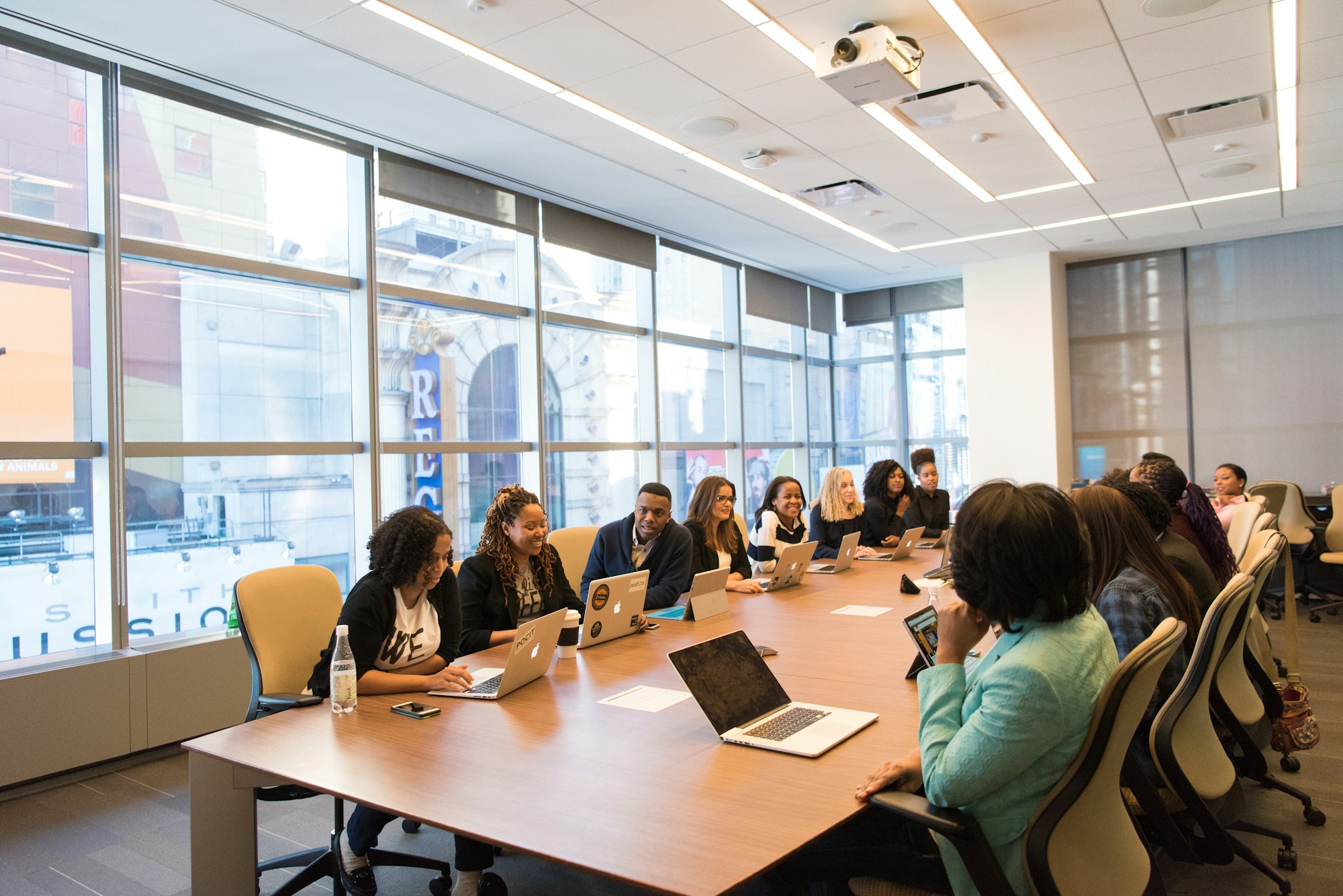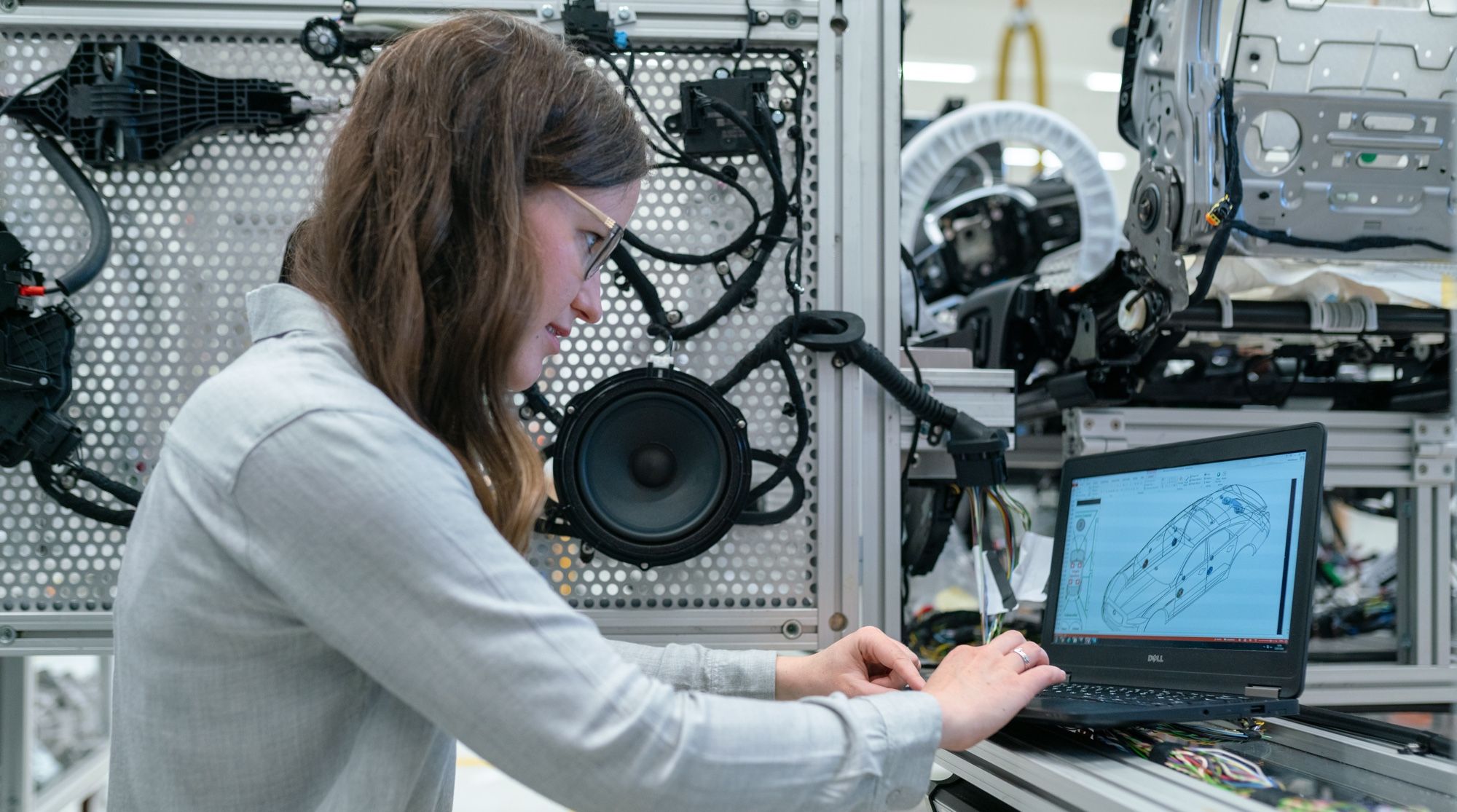In a world in which technological advancements are rapid, “90% of future jobs will require digital competencies” according to EU Commissioner Mariya Gabriel. This may result in a further increase of the gender gap that already exists in several spheres including education, politics, and income between men and women.
Education, specifically from a young age, is crucial for closing the digital gender gap. According to the European Institute for Gender Equality (EIGE), the percentage of women among ICT and engineering graduates in the EU is 17%, a figure that in many member states saw a decline during the period from 2004 - 2015. For schools, investing in digital devices and training for both students and teachers is important as a groundwork of knowledge. This will account for a growth in the pursuit of IT careers as being viable for women when choosing further education options in the future.
The digital gender gap occurs due to three main reasons:
- unequal access to a digital education
- difference in technological usage
- lack of a proportional workplace within the digital sphere.
Luckily, many organisations are striving to bridge this gap, and provide more knowledge and resources to create a balanced workplace, improved representation, and furthermore achieve the UN Sustainable Development Goal 5 on Gender Equality. One of the most efficient ways to address this gap is to invest into education.

German Initiatives to bridge the Gender Digital Gap
1) Go Mint: Go Mint is the nationwide German network initiative focusing on women and MINT (STEM), with "MINT" being the German acronym for "math, computer science, natural sciences and technology." Founded in 2008 by the Federal Ministry of Education and Research (BMBF), the initiative seeks to open up the innovation potential of women for STEM and to encourage more women into STEM professions.
2) SheTransformsIT: The initiative #SheTransformsIT covers a wide range of topics from politics, business, civil society, education & science and helps in getting more girls and women in digitalisation.
3) Global Digital Woman: The global digital women is a network founded by Tijen Onaran. GDW organsises trainings, events and workshops to make the digital innovation leaders of our time visible and reorient focus on female empowerment.
The German Ministry for Family, Seniors, Women and Youth has recently published a new report about Gender equality and digitalisation, which is useful for getting more information.
Reducing the digital gender gap worldwide
Access to the internet is become increasingly more available globally, however disproportionately represented in this are low and middle-income countries, as well as older adults, indigenous groups and women.
However, as of 2015, it was estimated that 200 million fewer women—some 14% globally — than men owned mobile phones. According to the Bridging the Gender Digital Gap report, the existing gender gaps in digital inclusion “are likely to lead to gender inequalities in many other areas, including inequalities in labour markets and less financial inclusion of women.”
There are companies which are using digital technology to broaden knowledge for women, and thus increase independence and financial capabilities. For example, a free literacy app, Knowledge is Power, has been created in Egypt through the Vodafone Egypt Foundation, in partnership with Coptic Evangelic Organization for Social Services (CEOSS), Rotary Clubs and General Authority for Literacy and Adult Education (GALAE).
Illiteracy affects “18.5% of Egyptian men and 33.6% of Egyptian women. This divide is reflected in the country’s employment levels, with Egypt having one of the lowest proportions of women in the workplace in the world.” (Source) Since the app’s inception, over 480,000 individuals have enrolled in classes, with around 70% of the graduates being women.
Improving women's access to cash and improving digital literacy through technical solutions is also picking up in South Asis. Approximately 93% of Pakistani women have no bank account, however around 10% of unbanked adults do have online access. Jazz, a mobile operator, launched JazzCash to provide people, and particularly women, with digital inclusion and access to their own financial means.
JazzCash enables digital inclusion and financial independence for women in Pakistan
Athena SWAN in the UK is an example of an organisation which seeks to provide these tools. Their aim is to “encourage and recognise commitment to advancing the careers of women in science, technology, engineering and mathematics (STEM) employment.” They work with higher education institutions to achieve gender equality objectives and put into practice the goal of having more women in STEM courses, and subsequently in STEM jobs.

A brighter future for women in the workplace
As more women are encouraged to study STEM subjects from a young age, and with access to this technology more readily available now, there is hope that the digital field will become a place where the gender gap will decrease in the near future.
However, a flexible working hours system, particularly in this sector, can be a way to increase women’s ability to prioritise work along with a personal life. Improving the gender gap in STEM education can lead to economic growth, growth in employment and increase in the country's GDP. With the added bonus of economic incentive, it can be hoped that we move towards a more balanced society both in and out of the workplace.



















